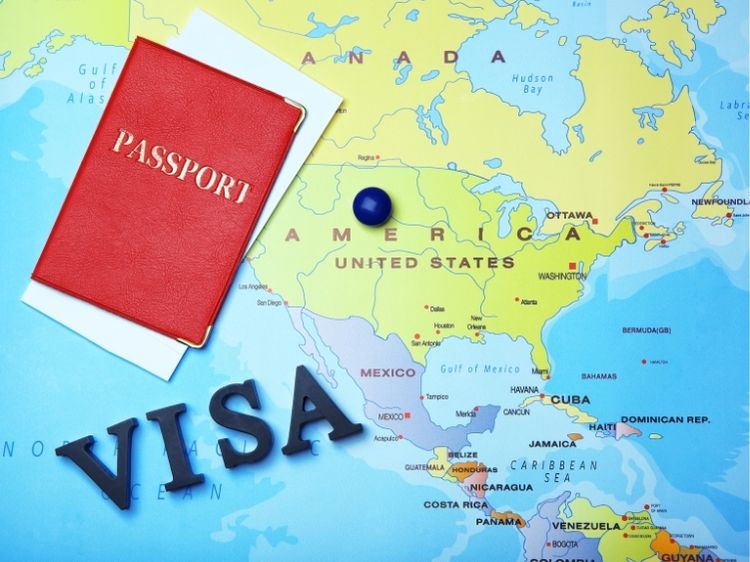There are many sights to be seen in Switzerland, including famous landmarks. It is possible to explore the Alpine country, which boasts more than 200 mountains above 3000m (10.000ft), and also has historic buildings, museums of world-class quality, and rural areas with stunning glaciers. Swiss Epic Tours zurich airport transfers is an inbound travel agency located in Switzerland. Swiss Epic Tours offers private, chauffeur-guided tailor-made services throughout Switzerland and neighboring countries. We are based in Zurich and can help you create the tour that suits your needs. We can help you whether you want to book an existing tour with more privacy and comfort, or if you need a custom-made offer that meets your needs.
SWITZERLAND’S MUSEUM FOR TRANSPORTATION
The Museum of Transportation was opened in Switzerland in 1959. It is the most visited museum in Switzerland. The Museum of Transportation has the largest collection of museums in Europe for mobility, with its areas of rail, road, navigation (water), and aviation. It is a great place to enjoy the outdoors, with its lake and play areas. Other attractions include documentaries, a planetarium, the largest and most advanced in Switzerland, and cutting-edge communication technologies such as virtual reality. The Swiss Chocolate Adventure is a multimedia tour that shows you how the chocolate is made.
CHILLON CASTLE
Chillon Castle, located on a rock island near Lake Geneva, is the most popular historic building in Switzerland. It consists of 25 buildings, three courtyards and two circular walls that protect it. This island has been the control point for the passage of ships across Lake Geneva and the land route to the St. Bernhard Pass for hundreds of years. From the 12th to 16th centuries, Chillon was owned by the Counts de Savoy. Then, the inhabitants Bern conquered the water castle and, finally, the inhabitants Vaud won. Each year, Chillon is visited by more than 400,000 people. Visitors can see the wall paintings dating back to the 14th century, subterranean vaults and parade halls as well as the bedroom, which dates back to the Bernese era. The castle can be rented for various events. You can reach Montreux by boat, bus, or foot from the Castle. Here you will find ten miles of protected bays that are bordered by exotic plants, palm trees, and flower-lined promenades.
RUINAULTA SWITZERLAND’S GRAND CANNYON
Ruinaulta is a RhaetoRomanic-speaking community in the Vorderrhein ravine. It means “high heap of rubble”. The bizarre formations of canyon-like gorges and whitish rocks are actually made of debris from an ancient rockslide, which blocked the Rhine at Flims following the retreat of the Ice Age valley glacier. The river has carved a magnificent gorge through the rubble since then. The canyon is traversed by the Rhaetian Railway, which allows adventurers to enjoy river rafting while observers can make their way up to the “il Spir”, viewing platform. The result is a magical, natural place that contains rare orchids, rare lakes, and breeding areas for endangered birds. Further down, gentle sloping sandbanks alternate with wild rapids. This makes the Rhine Gorge an adventure destination for hikers as well as bikers, canoers and rafters.
THE NATURAL SPECTACLE OF CREUS DU VAN
Creux du Van is a large natural rock arena that lies at the border between the two cantons of Neuenburg & Vaud. A four-kilometer (2.4 mi) wide valley basin is surrounded by impressive 160-meter high vertical rock faces. The amazing rock formation was formed by the lime deposits 200 million years old from a prehistoric ocean. The Jurassic folding is revealed in detail by the steep rock faces. The climate in the “Creux du Van”, a region of exceptional and unique, is that there are forests and arctic alpine flora within the rock arena. The natural landscape is home to chamois, lynx, and ibex as well as many other wild animals. It is protected by a nature reserve covering 25 kilometers. The source of the natural water spring “Fontaine Froide” is located in the middle a sinkhole.
ST. GOTTHARD PATH
The immense Gotthard mass was not something that even the Romans could avoid. Today, the Gotthard Pass is the main North/South connection. It is used by both leisure hikers as well as pass enthusiasts. In 1882, the famous Gotthard Train Tunnel was opened. It was constructed about 100 years later. You will miss something very special if you don’t take the tunnel. The Schollenen Ravine, the barren Urseren Valley and the Pass Heights should be explored at least once. This can be done on foot, by nostalgic Post Buses or by horse carriages like the Gotthard Post of the 19th century. It is breathtaking to ride across the Tremola, a cobblestone-paved bridge on the Gotthard Pass’s southern side. From the top of the pass to Airolo, the Tremola is a serpentine and hairpin-turning ride. It is Switzerland’s longest historical monument.
THE BERNINA EXPRESS
The Bernina Express is one of the most impressive ways to cross the Alps. The Bernina Express rolls Hollywood-style across the Landwasser Viaduct, which is the Rhaetian Railway’s signature structure and UNESCO World Heritage Site. The train travels through 55 tunnels and crosses 196 bridges along its route from Chur to Tirano. The train’s journey offers spectacular views, including the Montebello curve, which gives travelers a view over the Bernina massif and Morteratsch glacier. Open panorama coaches are available on Bernina Express between Tirano and Davos Platz in summer. Cabrio coaches, which are completely transparent, bring you closer to the natural world. Let’s not forget to take stunning photos of the amazing scenery!
THE RHINE FALLS is EUROPE’S LAST WATERFALL
The Rhine Falls near Schaffhausen is a great place to experience the sound and vibration of water as it roars over your entire body. The Rhine River, which was formed over 15,000 years ago by tectonic shifts during the Ice Age, became a new riverbed due to shifting tectonic plates. The Rhine Falls were formed at the point where hard chalk became soft gravel. A width of 150m (492 ft) allows several hundred cubic meters water to rush into the depths at a rate of 23 meters (75 feet per second). A huge rock, which has lasted for more than a thousand years, stands in the middle. You can reach the rock by taking a round tour of the Rhine Falls. This allows you to see the natural wonders up close. Visitors can stand on platforms that extend out from the waterfall and hover partially over the Rhine. You can reach the castles of Worth or Laufen by riverboat, and can also rent canoes.
ALETSCH, THE LARGEST ALPHINE GLACIER
The Aletsch Glacier, Unesco World Heritage Site, is an incredible ice flow in the Alps. It is also incredibly large and beautiful. It is also the most accessible, and it is ideal for special nature excursions, winter sports, and extensive hiking. From the Monch, Jungfrau and Eiger northwards, the ice runs down to the Valais. The water flows into the Rhone through the wild Massa Gorge. This region is home to many rare species of animal and plant life, such as the Aletsch Forest. Near the forest is the Pro Natura nature preserve. Numerous vantage points provide a great view of the glacier. Eggishorn can be reached by cable car from Fiesch. It offers spectacular views of the upper portion of the large glacier. Lake Marjelen is a corner of an ice flow that is fed by glacial meltwater.


